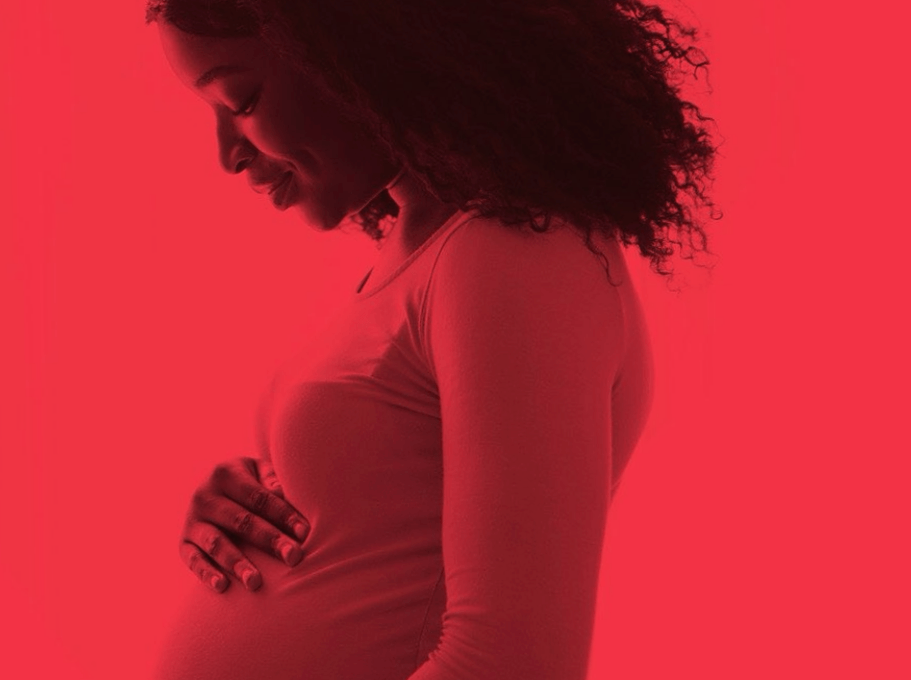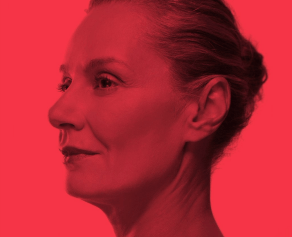
We can deliver more breakthroughs in women's health — starting now.

Women experience health issues differently, disproportionately, and uniquely.
99% of studies
on the biology of
aging fail to consider menopause.
A transition that affects half the world’s population.
Women
account for
80% of patients
with autoimmune diseases.
Which are chronic and, in many cases, debilitating.
Simply being
a woman
doubles
the risk of
dementia.
We do not know why.
Cardiovascular disease is the leading cause of death for women globally.
Yet we know little about what drives differences in disease development and progression between women and men.
We are chronically underinvested in women’s health research.
In 2020, less than 2% of $471.4B in philanthropy directly benefitted women and girls.
And less than 0.3% went to women’s health.
In 2023, less than 10% of NIH’s $48.4B budget was focused on women’s health.
Low levels of funding relative to other areas means top scientific talent is not attracted or retained to work on women’s health issues.

The lack of research in women’s health is felt in the real lives of billions of women: girls miss school, women spend 25% more of their lives in poor health compared to men1. They are held back from thriving and exercising their power. It is a fundamental barrier to equity and social progress.
Women’s health conditions are treated like medical mysteries, instead of solvable problems that we can diagnose and treat — if only we invest
in the research needed to do so.